How To Grow Onions For Home Gardeners
Are you a new, or experienced gardener looking for how to grow onions this year? This article has all the details you need!
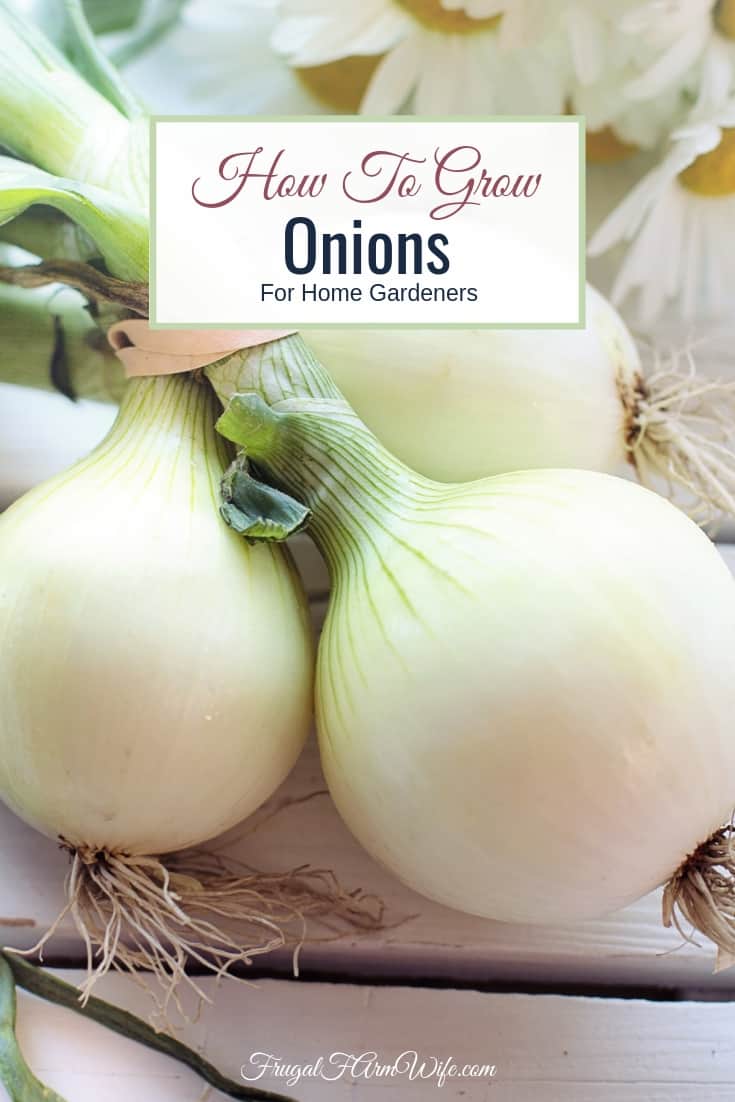
When I was a kid, I hated growing onions. I just didn’t see the point. Who wants to eat onions anyway?
Back then, I would much rather grow strawberries.
As an adult, my taste buds have done a complete 180º and now onions are one of my favorite things. Now, because of that, I love growing them!
So I guess that’s step one to having a successful garden: grow food you like to eat.
OR, grow food you like to gift. After all, even if you don’t like onions, you likely know several people who do!
But, since you’re here, reading about how to grow onions for home gardeners, I’m going to assume you’ve already got that worked out for yourself. So whether you like onions, or plan to gift your onions, let’s dive in.
How To Grow Onions For Home Gardeners
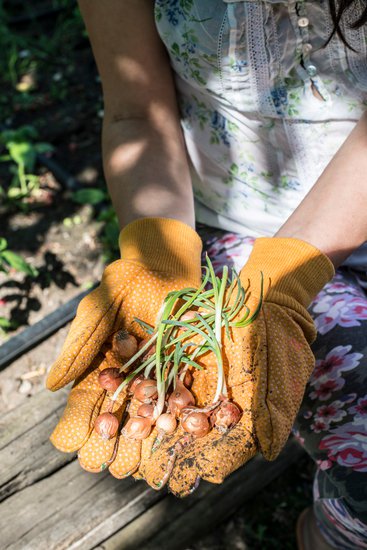
Prepare Your Garden
Onions require full sun and fertile, well-drained soil with a pH of 6.0-7.0, (which is great news for those of us in western, more alkaline states!).
Sandy loam soils are ideal; in heavier soils. But whatever your soil type, raised beds or rows are great for promoting good soil drainage.
Before planting onions, make sure your ground has been well tilled and is workable.
Also read these 7 tips for getting your garden ready for spring.
Choose your method.
There are three basic means of planting onions:
- Seed
- Sets, small bulbs that have been forced into early dormancy
- Pants – essentially onions that have been started from seed and are ready for you to transplant into your garden.
Starting onions from seed.
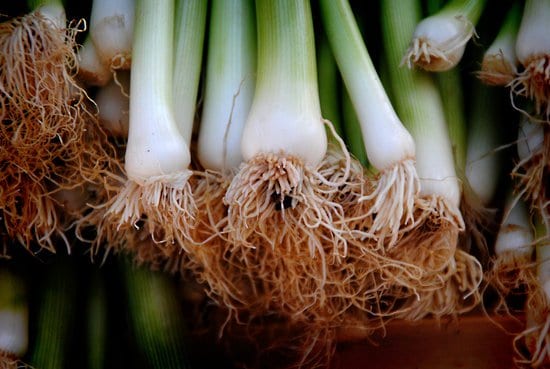
Onion seedlings are fragile and have earned a well-deserved reputation for being difficult to get started. That doesn’t mean they aren’t worth it though.
Some benefits of starting onions from seed are:
- Availability of a wider variety of onion types, and
- Increased disease resistance.
So once you get your seedlings going, the rewards outweigh the risks.
The trick is to plant extra, and be extra careful with them – water them gently with a mister, and taking care not to disturb their roots. When it comes to starting seedlings, that one tip is key for how to grow onions.
How To Plant Onion Seeds
- Start your onion seeds indoors 6-8 weeks before your last frost date.
- Fill small-cell seedling trays such as these 72 cell plug flats with potting soil or make soil blocks with a soil blocker.
- Using your little finger, poke a hole about 1/3 inch deep (skip if using a soil blocker)
- Drop 2-3 seeds in each hole
- Cover with additional potting soil and water in.
- Continue watering daily until seedling appear.
- In cases where there is more than one seedling in a pot, trim the shorter or less hearty looking close to the soil, leaving only the strongest seedling.
- Continue watering daily until seedlings are several inches high, hearty, and ready to be transplanted.
To Transplant
You’ll want to move your onion plants to the garden as soon as your soil is workable, and the risk of hard freezes is past.
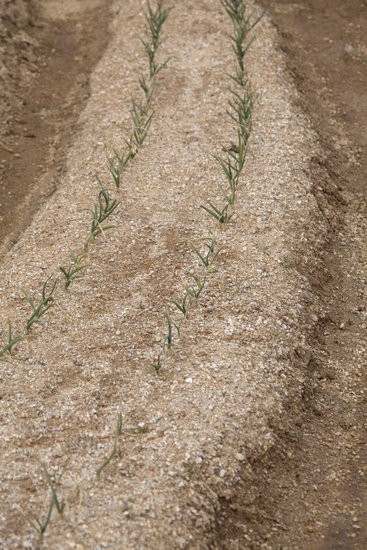
Be sure to harden your onion plants off by placing your tays outside for several days before removing them from the pots.
Then follow this procedure:
- Water seedlings well
- Remove from pots
- Plant in rows at least 12” apart with 4-6” between plants in row using your finger or a small trowel to dish a small hole about 1/2” deep for the roots, and bury the onion up to the base of the bulb.
- Trim tops to 4-6” tall to minimize onion plants falling over while they get established.
- Water in.
How To Grow Onions From Sets
Onion sets are an almost fool-proof way to grow onions. They’re hardy, easy to plant and grow, and widely available – you can even find onion sets at your local Walmart in the spring. (or order them here)
The main drawback is the lack of variety. Typically, you can choose between the basic white, yellow, and red.
That said, it’s hard to go wrong with planting onion sets.
As soon as your soil is workable in late winter or early spring:
- Dig a row with the corner of a hoe or trowel about 1” deep
- Place onion sets 4-6” apart within the row, making sure the root side is pointed downward.
- Push the dirt on either side of your row-trench back over your onion sets covering all but the tip
- Water in.
How To Plant and Grow Onion Plants
One of the easiest ways to grow onions is by ordering or purchasing onion plants. This allows you to skip the seedling stage and go straight to putting live plants in the garden.
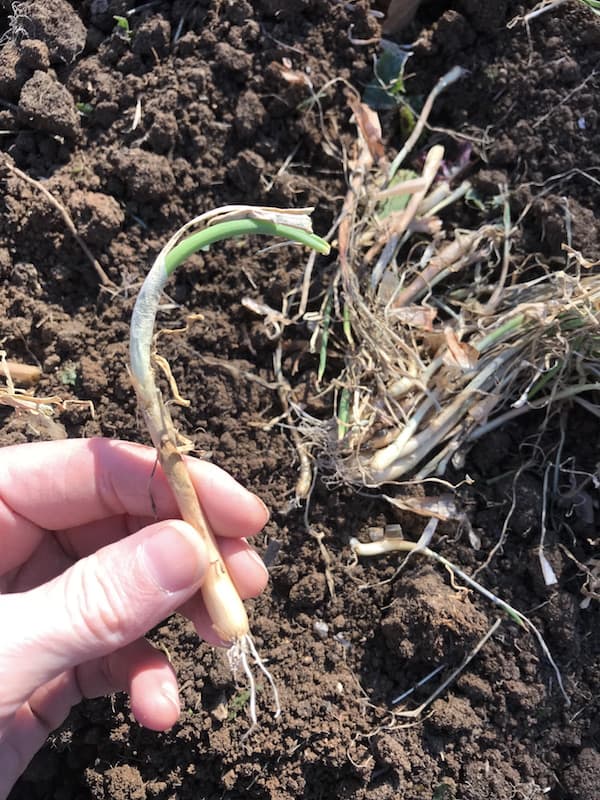
This is a great method if your garden is ready to go as soon as you order comes in. If you need a few days between receiving your plants and getting them put in, just keep them moist in a cool place.
You’ll also find a reasonable variety of onion plants available for order through seed companies such as Johnny’s Seeds.
Do note that it may take slightly longer for these onion plants to get going compared to homegrown onion transplants as they have been set back by shipping, and having their roots trimmed.
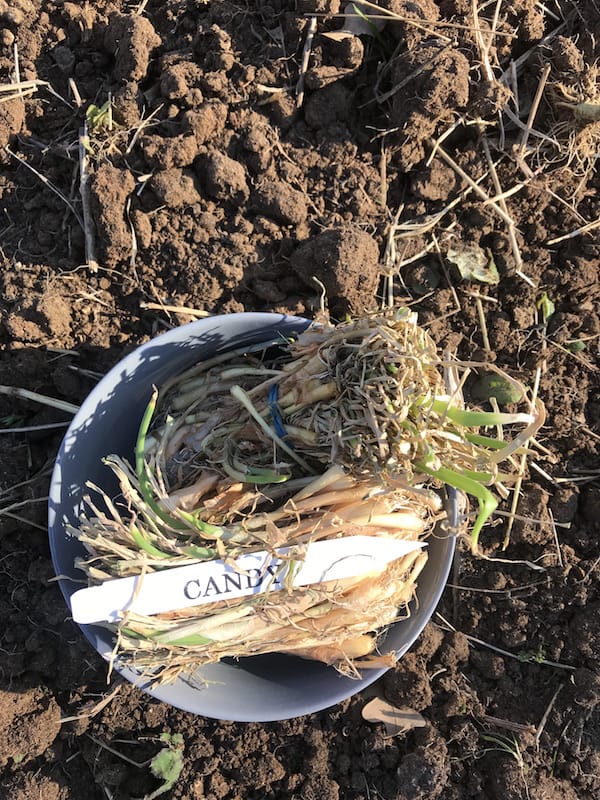
As soon as it’s warm enough to work your soil in late winter or early spring:
- Unbundle onions
- Plant in rows at least 12” apart with 4-6” between plants in row using your finger or a small trowel to dish a small hole for the roots, and bury the onion up to the base of the bulb.
- Gently water in.
Okay, so you have your onions planted. Now what?
How To Grow Onions – Once they’re In Your Garden
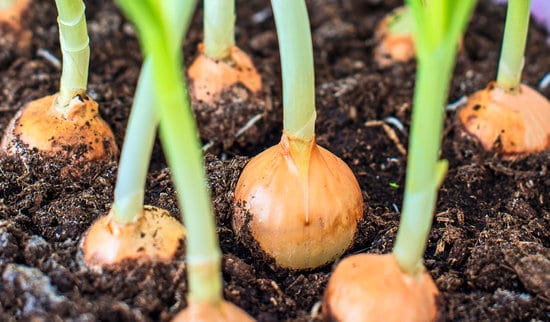
“Unearth” the onions
As the onions grow, you will want to “unearth” them. This simply means that you move the soil away from the onion bulbs, exposing them to air. This helps the papery skin firm up, and prevents rot.
I remember a fairly heated debate amongst our gardening neighbors when I was young about whether onions should be unearthed from the root up, or only the top 1/2-2/3. The older gentleman seemed to generally be of the opinion that it was better to unearth as much of the onion as possible, leaving only the very bottom in the soil. Eventually, it should look like your onion is just sitting on top of the ground – not in it.
Keep them Watered
Remember that onions are NOT drought tolerant. Keep those babies watered! You’ll want to make sure they get about one inch per week.
While you want your soil to be well-drained, and certainly don’t want standing water, keeping your onions hydrated will result in larger, sweeter onions
Conversely, you’ll end up with smaller, stronger-flavored onions when they’re not watered adequately (i.e. they’ll make you cry a lot).
Harvesting Your Onions
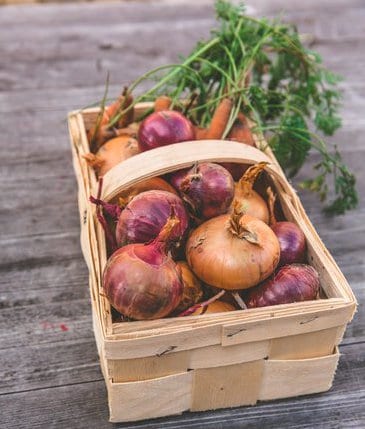
As the weather heats up, you’ll keep them watered, weeded, and continue unearthing them as they grow.
Then the tops will begin to die off.
Once the tops are dead and the stems are dry, pull onions, and gently transfer to a place, such as a dark shed, where they can be cured.
Space onions out on the floor, in single layers in cardboard boxes or use pantyhose to hang them – put an onion in the toe, knot the hose above, put an another onion the same leg, knot the hose above the onion, and so forth.
The idea is to create plenty of air circulation around the fresh onions to prevent moisture from accumulating and onions from going bad.
You can keep your onions in a shed until the weather freezer, or in your garage, basement, or attic.
That’s really all there is to it!
All those words on how to grow onions can be distilled into a very simple synopsis:
Plant your onions,
keep them weeded and watered,
Enjoy the fruits of your labor!
Get Your Garden Cheat Sheets!

Want to know exactly when, where, and how to plant your vegetables? Sign up to get our FREE companion planting guide, and garden planting cheat sheet printable.
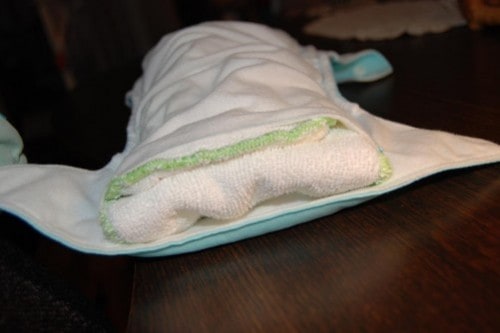
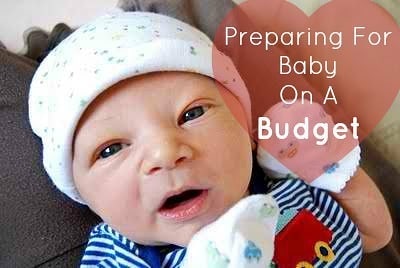
My husband won’t eat onions so I’m afraid I may never plant them, I don’t love them but I will eat them sparingly. I’m going to pin this though because I have a gardening board and others will want to know how to plant them!
Thanks Holly!
The added benefit of seeds or plants is that the onions keep longer over the winter. Sets are already a year old. They are plants from last year that were intentionally kept tiny. Since they are biennials, they want to make seeds the second year and sprout pretty quickly in storage.
If that’s not a concern, then sets are way simpler and quicker.